What is Gymnosperms? Definition and Characteristics of Gymnosperms
Gymnosperms are fruitless seed-bearing plants. The literal translation of the word Gymnosperm is “naked seed”. This is because the seed is not covered in an endosperm. The seeds are essentially “naked” and exposed.
Gymnosperms can be categorized into four different groups;
- Cycads,
- Gingko,
- Gnetophytes,
- and Conifers.
Evidence suggest that Gymnosperms evolved about 300 million years ago from seedless plants that resembled ferns. Gymnosperms are different from Angiosperms due to the fact that the seed is not enclosed in an endosperm that will grow to bear fruit. Gymnosperms are associated with the production of trees that contain ringed stems. Gymnosperms produce two types of cones. As far the reproductive parts, the female part comes from the cones and the male part comes from the pollen.
Examples: of Gymnosperms include woody plants trees such as redwood, pine, and cedar.
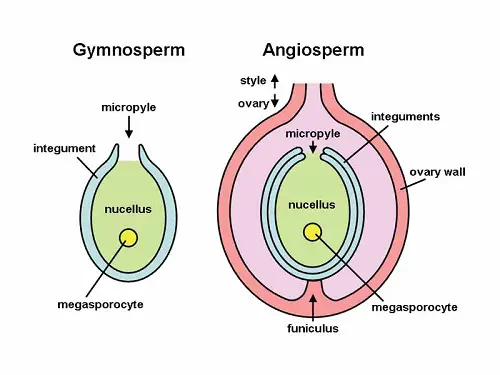
What is Angiosperms? Definition and Characteristics of Angiosperms
The stems of Angiosperms are either woody, like what is seen in large angiosperm trees, or green and able to perform photosynthesis. When Angiosperms came into the picture more than 100 million years ago, they took over and the gymnosperms were displaced. Evidence points to the conclusion that angiosperms evolved from gymnosperms. The defining characterization of Angiosperms is the endosperm, which is a tissue surrounding the embryo within the seed. Endosperms are created when nuclei containing two sperm meet with the female gametophyte within the pollen grain. Most endosperms are polyploid, about 70 % of them. Angiosperms are unique because that endosperm will eventually lead to a fruit-bearing flower on the plant. The composition of the flower includes its stamens, petals, carpels, and sepals. The petals of the flowers are usually bright and inviting. This is so that insects come and extract the pollen for it to be spread to another plant. The carpels act as a protective layer for the megaspores and the gametophytes. Lastly, the stamen is where microspores are produced and transformed into pollen. In the simplest explanation, the seed marks the beginning of the life cycle for vascular plants. The seed becomes a seedling, which then becomes a mature plant soon after becomes a flower.
- Similarities between Gymnosperms and Angiosperms: Structural similarities
Out of the four divisions, Gnetophytes have the most in common with angiosperms. For starters, both of them have strobili that resemble a flower. The secondary xylem has vessels, in both plants, and finally, double fertilization is presented in both plants as well. The only difference there is that the angiosperm produces an endosperm during the process, while the Gnetophyte does not.
- Similarities between Gymnosperms and Angiosperms: A common life cycle
Gymnosperms and Angiosperms are both vascular plants. This means that they share a similar life cycle dominated by a long diploid stage and a short gametophyte stage. Pollen cones produce microspores. Ovulate cones produce megaspores that will continue to mature into pollen grains, and then eventually, they will further mature into sperm cells.
- Similarities between Gymnosperms and Angiosperms: method of fertilization
In Gymnosperms and Angiosperms, the sperm does not need water to help get to the egg. These plants use wind to transport their seed instead of water. Gymnosperms are the culprit to large quantities of pollen in the air. Pollen is blown by the wind to reach the ovule. Gymnosperms and Angiosperms are both heterosporous. This means that during the life cycle, they produce microsperms and megaspores that will become the male and female gametophytes, respectively.
Summary
At the end of the day, there are some major distinctions between Gymnosperms and Angiosperms. However, there are many similarities as well. These plants fall into overlapping categories. Both of them are seed-bearing and vascular. Angiosperms differ because the produce flowers. Other than that, the two plants are strikingly similar. They have the similar life cycles, structure, and composition. There are thousands of different species between the two plant types. A lot of research has been done on these plants and a lot is known because of it. Their similarities make studying them much easier.

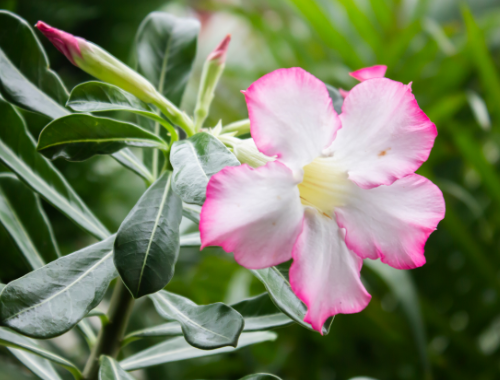
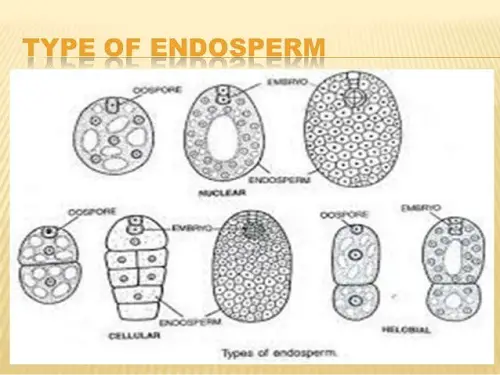
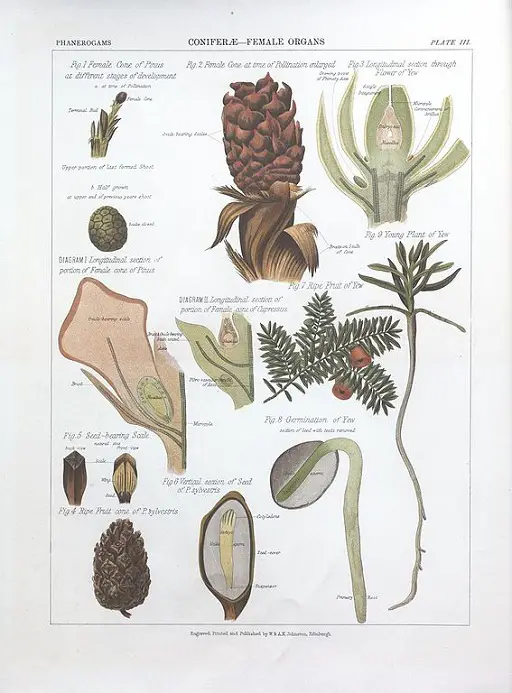
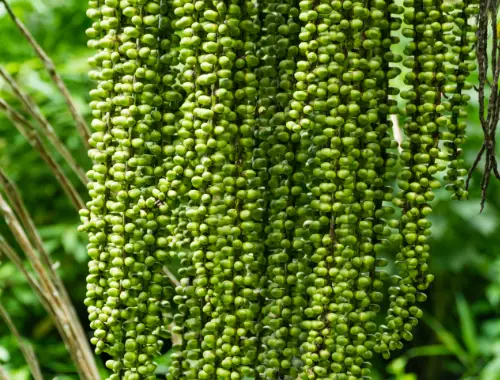
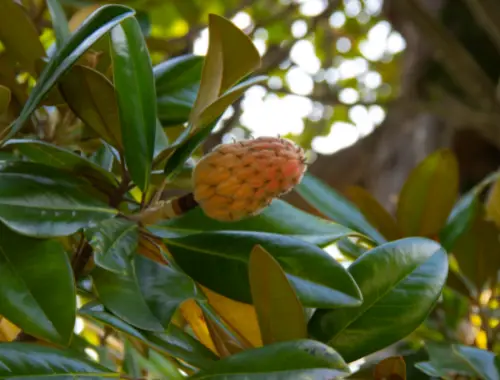
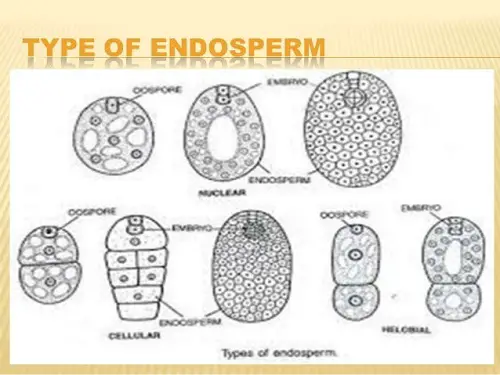





Leave a Reply